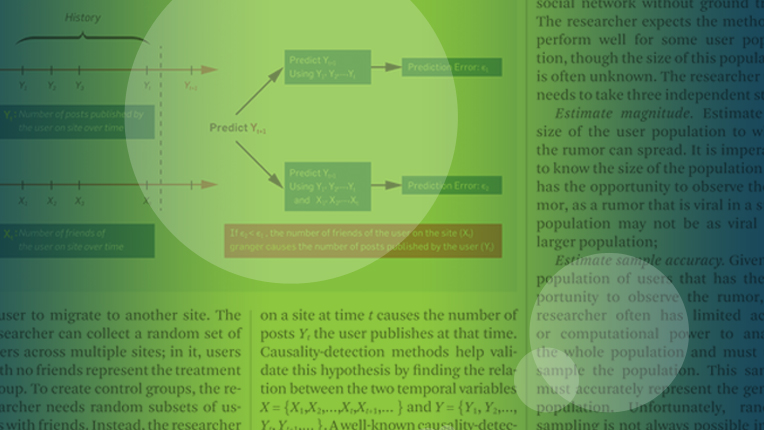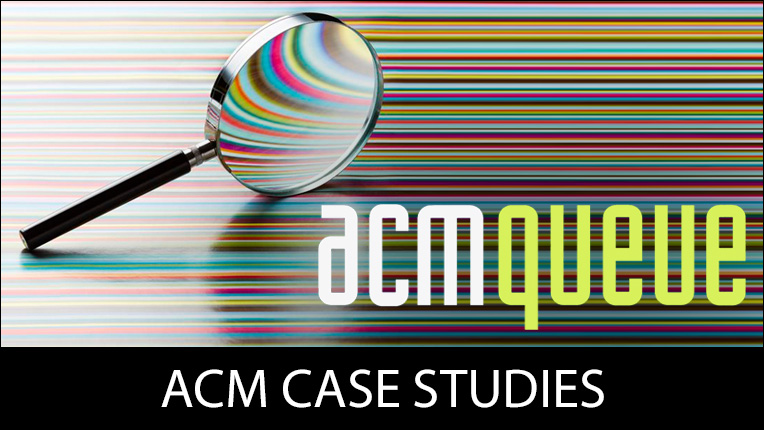ACM Policy on Readership
Updated December 1, 2022
Readers consult articles in ACM publications because they value the reputation of these publications and find the information contained therein valuable and relevant.
Readers can expect ACM to
- Distribute print periodicals according to the published schedule
- Post articles in the Digital Library within three months of their delivery to ACM, independent of the scheduled print distribution date
- Adhere to ethical standards in the peer-review process as performed by experts in the relevant fields
- Ensure that articles are accurate and of high quality
- Ensure that the electronic and printed version of an article match within the limits of the style guidelines of each format
- Ensure that journals, transactions, and magazine articles are professionally copyedited
- Ensure consistent formatting of articles in each publication
- Make publications available at low cost to individual subscribers
- Offer deeply discounted pricing to individuals in low-income and lower-income countries as defined by the World Bank List of Economies.
- Ensure a high-quality, accessible publication platform with accurate and fast search and browsing capabilities, as well as the ability to download, share and print articles
And ACM expects readers to
- Follow ACM Policy relating to copyright, licensing, sharing, and reuse of works published in the ACM Digital Library, including policy on the use robots and crawlers, which negatively impacts the ACM Digital Library's performance.
- Respect the copyright or license of the work
Publish with ACM
ACM's prestigious conferences and journals seek top-quality papers in all areas of computing and IT. It is now easier than ever to find the most appropriate venue for your research and publish with ACM.

ACM Case Studies
Written by leading domain experts for software engineers, ACM Case Studies provide an in-depth look at how software teams overcome specific challenges by implementing new technologies, adopting new practices, or a combination of both. Often through first-hand accounts, these pieces explore what the challenges were, the tools and techniques that were used to combat them, and the solution that was achieved.

Lifelong Learning
ACM offers lifelong learning resources including online books and courses from Skillsoft, TechTalks on the hottest topics in computing and IT, and more.
